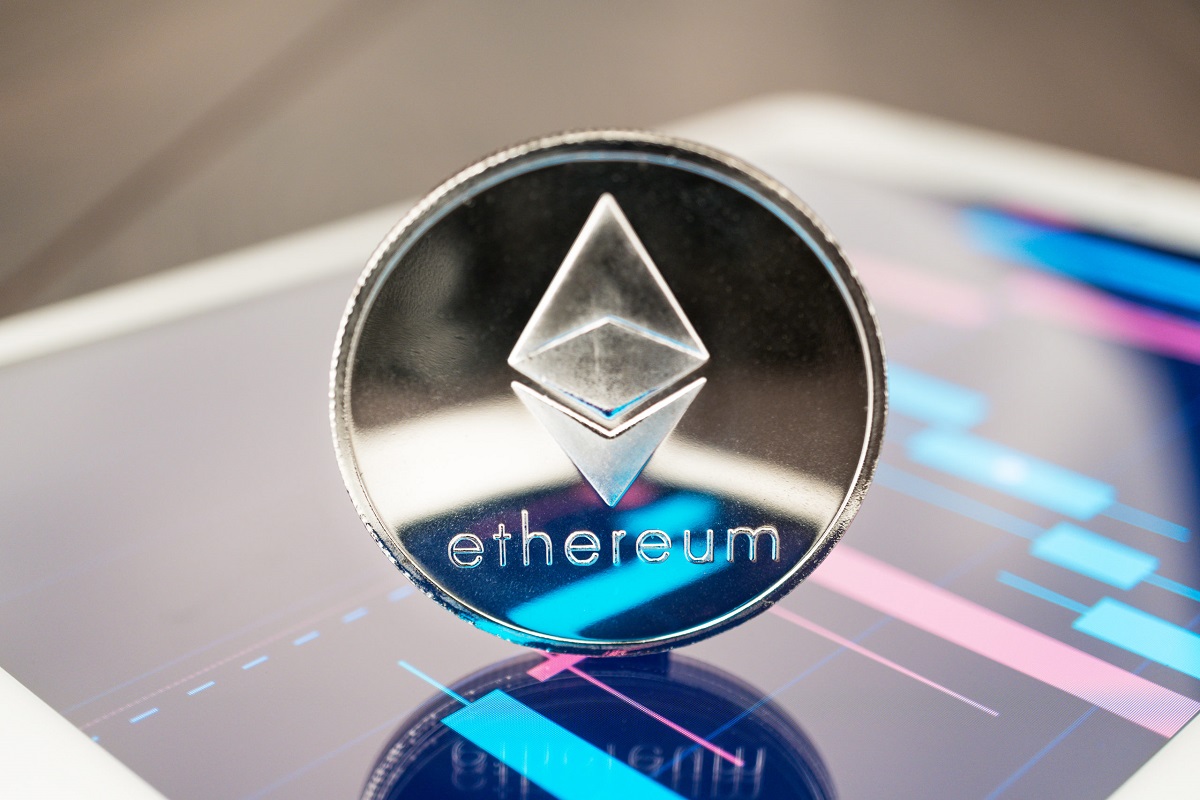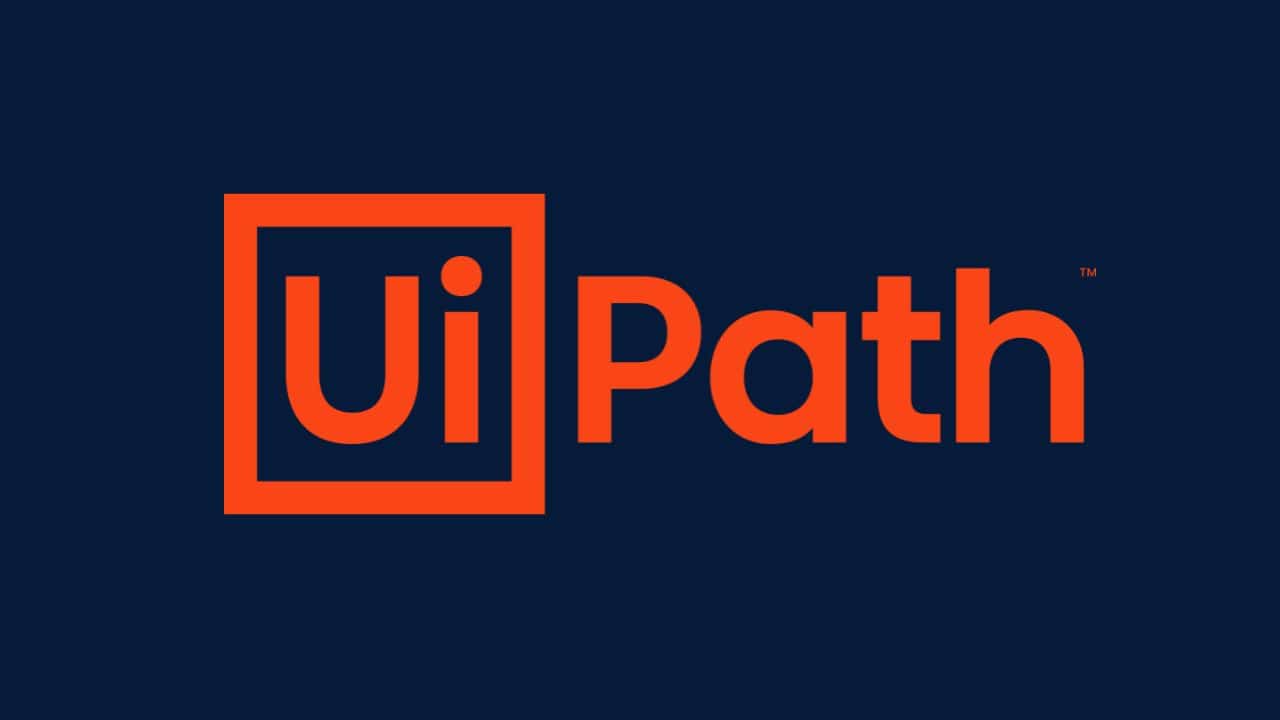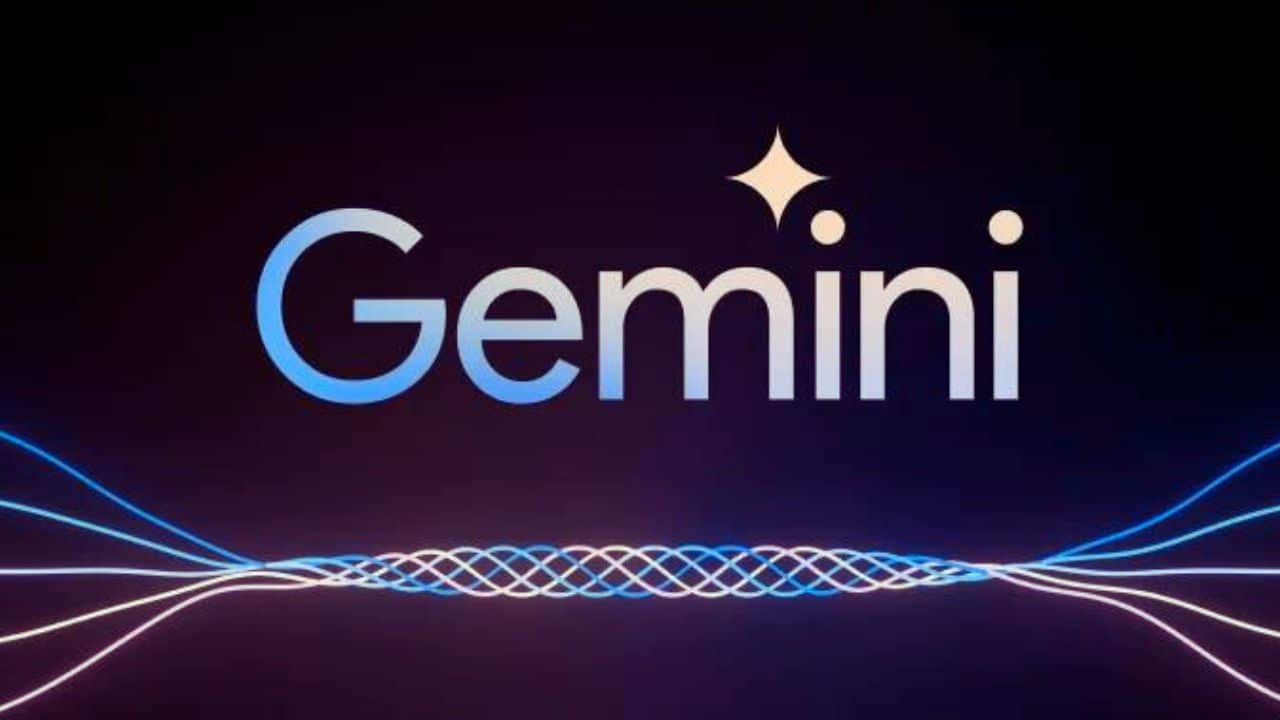The Ethereum platform was launched on July 30, 2015, by Canadian-Russian developer Vitalik Buterin as an open-source, decentralized blockchain. One of the first cryptocurrencies to integrate smart contracts into its blockchain. Thus, second-generation blockchain technology was born with its launch.
Using the blockchain, programmers can develop a wide range of decentralized applications (DApps). So, Ethereum is responsible for some of the biggest crypto innovations today, like NFTs and blockchain games.
What is Ethereum 2.0?
Do you remember when you opened an app and got a notification to update it? You confirm the transaction and wait for it to finish. Ultimately, you find the new version much more functional and productive.
Most people think Ethereum 2.0 is a new blockchain and a simple update to the existing system. Therefore, you shouldn’t worry about your wallet storing ETH.
Hopefully, these updates will mark the end of Proof of Work (PoW) and the beginning of Proof of Stake (PoS). Eventually, Ethereum will catch up with some newer blockchains that already use PoS, like Cardano, Polkadot, and Solana.
It’s also important to note that this move to PoS is gradual. The Ethereum team has been planning these updates for a long time to accomplish the following:
● Security
Ethereum’s community is about making the platform more secure for investors and developers. Several hacking incidents have happened on various blockchains, resulting in people losing money. Moving to a PoS system is theoretically safer because cyberattacks will be minimized. Furthermore, it can also handle a 51% attack threat. The developers of Ethereum have to make sure no one party manages to take over the whole network because it’s decentralized.
● Scalability
Ethereum hosts lots of DApps and DeFi services. According to different sources, Ethereum hosts almost 80% of all DeFi apps, and 90% of all NFTs are part of its ecosystem. Thus, there’s lots of traffic and thousands of transactions every second. Despite this, the older Ethereum blockchain could only handle 15 transactions per second. Due to this, users had to pay high transaction fees.
● Sustainability
New blockchain projects need to be eco-friendly to make an impact. Ethereum’s blockchain used to be maintained with mining under the old PoW consensus model. Mining requires highly complex computing devices that consume a lot of power. PoS, on the other hand, eliminates all mining, making Ethereum more environmentally friendly and sustainable.
What are the differences between Ethereum and Ethereum 2.0?
- Consensus Mechanism Change – As Ethereum switched to the PoS mechanism in the second half of last year, ETH holders were chosen randomly. The new block is then hashed by a selected holder (validator). You have to stake 32 ETH to become a validator. You can join a staking pool if you have little cash but still want to participate. Any validator who authenticates illegitimate transactions has their stake reduced to prevent scams, called slashing. Not only is PoS sustainable, and it makes Ethereum 2.0 more decentralized than its predecessor. Anyone with ETH can now mine new tokens since they don’t need expensive rigs. Thus, more user participation leads to more decentralization.
- Sharding – The sharding feature makes Ethereum 2.0 different from Ethereum Classic. A shard is a way to spread data over several machines so it’s faster. Ethereum has also been split into 64 pieces. Shards are new chains that connect to Ethereum chains to store previously recorded data. They’re still the same as the old ones, except they’re split up. A sharded Ethereum solves Ethereum’s scalability problem. Ethereum now handles 100,000 transactions per second, whereas the classic Ethereum can only handle 15. Think of it like a busy highway with just one lane. The highway now has 63 lanes, so traffic goes smoother and faster.
- Beacon Chain – We discussed how Ethereum 2.0 is divided into 64 chains and how validators add data blocks. However, someone must connect each of these chains and decide who gets to be a validator, right? There’s one more big difference between ETH and ETH 2. One blockchain controls all 64 sharded chains and handles transactions, and this central component is called Beacon Chain.
Wrapping Up
Ethereum 2.0 is a positive step forward. Ethereum’s dedication was evident in all the updates it brought after years of hard work. The value upgrade has strengthened Ethereum’s standing in the cryptocurrency market.










































